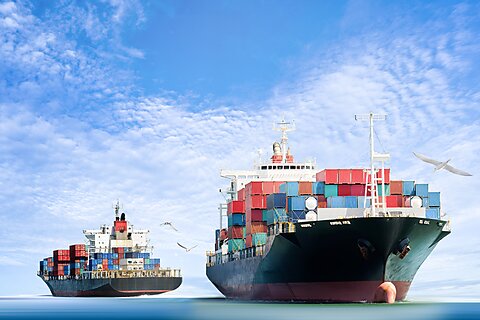ISO: U.S. Trade Policy for Countries Other Than China

These days, much of Official Washington has turned its back on freer trade, and China is their reason why. According to the Washington Post, for example, President Biden has “reject[ed] the trade liberalization doctrine that held sway for nearly three decades after the Cold War’s end,” and when asked about the president’s motivations, an anonymous “senior U.S. official” pointed to a Reuters/Ipsos survey showing that “66 percent of respondents said they were more likely to back a presidential candidate in 2024 who favored ‘additional tariffs on Chinese imports.’ ”
On the other side of the aisle, the Wall Street Journal reported this week that China has motivated several GOP presidential candidates’ turn against new trade agreements and their nationalist support “for boosting domestic manufacturing, even through government subsidies.” Former President Trump has even gone so far as to propose a tariff “ring” on all imports.
As my Cato colleague Clark Packard and I argued in a recent paper, there’s surely a better approach to U.S.-China relations than the clumsy bellicosity both political parties have recently embraced. But it’s especially wrongheaded for U.S. policymakers to let China — which does raise unique challenges — dictate overall U.S. trade policy, given that the vast majority of U.S. trade is conducted with people in countries other than China.
In particular, the latest data from the U.S. Bureau of Economic Analysis show that less than 11 percent of all U.S. trade — imports and exports, goods and services — was with China in 2022.
The numbers for goods trade (i.e., what would get caught up in a global tariff war started by Trump’s “ring”) are a little different, but tell the same general story: China is a big U.S. trading partner but the vast majority of U.S. trade in goods in 2022 involved non‐China countries.
Even for just U.S. imports of goods, these other countries accounted for more than 83 percent of the total last year:
As I explained in a new column at The Dispatch, Trump’s global tariff is a bad idea for lots of reasons, and the starting point for that analysis is the fact that it would mainly hit countries other than China. (If recent experience is any guide, in fact, a global tariff could give Chinese imports a leg up in the U.S. market.) The same goes for broad‐based protectionism that President Biden and other policymakers are pushing, which is no more “China policy” than Trump’s (very bad) tariff idea.





